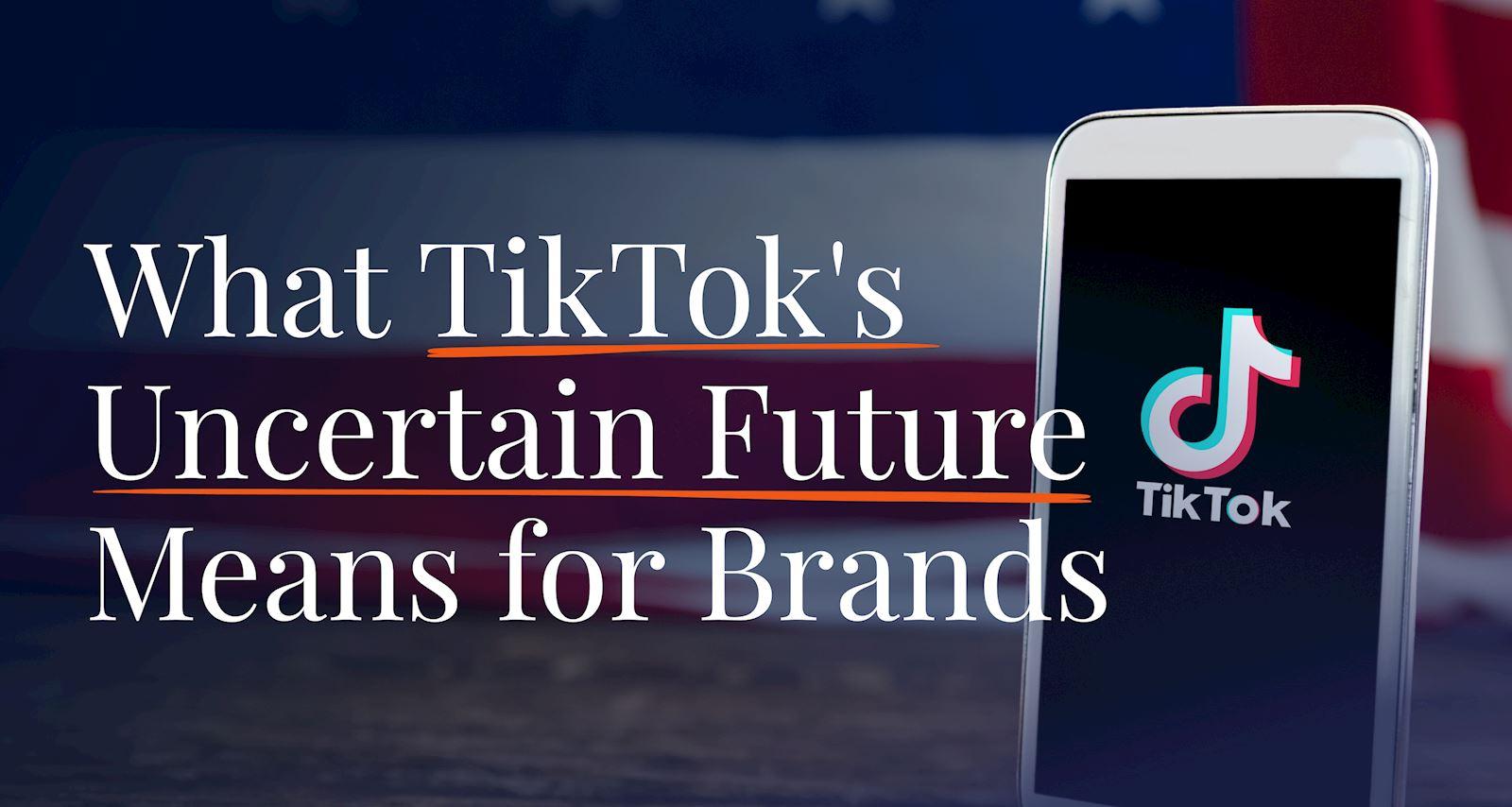What is the Future of TikTok in the United States?
Published by Spinutech on January 21, 2025

At around 10:30 p.m. Eastern Time on Saturday, Jan. 18, TikTok went dark in the United States.
Users who opened the app were greeted with an “Important update from TikTok” informing them that access to the app had been suspended due to bipartisan legislation passed by Congress and signed into law by then-President Joe Biden. The law mandated that TikTok’s Chinese parent company, ByteDance, sell the social media platform to a non-Chinese owner, otherwise TikTok would be banned from U.S. app store and hosting services.
Fourteen hours later, TikTok turned the lights back on, citing the executive order President Donald Trump’s would sign the following Monday, lifting the ban and granting a 75-day extension.
So TikTok is saved — but for how long?
How Long Can TikTok Keep the Lights On?
While TikTok is once again accessible to its more than 170 million U.S. users, Google and Apple both removed it from their app stores in compliance with the law. That means no new users will be able to download the app, nor will TikTok be able to push out platform updates.
For now, what you see is what you get.
ByteDance was afforded nine months by Congress to find a non-Chinese buyer but made no attempt to sell, opting instead to file a lawsuit arguing the law infringed on their First Amendment rights. But the U.S. Court of Appeals for the D.C. Circuit and later the U.S. Supreme Court upheld the constitutionality of the ban, exhausting all of ByteDance’s legal options.
Even though he has voiced support for TikTok, President Trump is limited in what he can do to overturn the ban. Congress would need to pass a new law repealing it, as an executive order cannot override a law passed by Congress and upheld by the Supreme Court.
President Trump said in a statement posted to Truth Social that he would like to see the U.S. have “a 50% ownership position” in TikTok but provided no further details.
As President Trump’s executive order kicks the can down the road for another 75 days, it remains to be seen whether ByteDance will yield in its opposition to selling the platform.
TikTok is Facing a Crisis of Trust
TikTok went dark once. Who’s to say it won’t go dark again in 75 days?
That is the issue TikTok must confront as it seeks to reassure its users.
Advertisers have invested heavily in TikTok marketing in recent years. The platform’s ad revenue for 2024 was approximately $4.8 billion, representing a 27% increase from 2023.
TikTok’s short-form video content has not only changed the social media space but also become a source of income for content creators. Creators on the platform with more than 1 million followers can earn between $1,000 and $5,000 per month.
Will these brands and creators continue to invest in TikTok, or will they look to diversify?
Make no mistake, blood is in the water — and the sharks are starting to circle. Meta has wasted no time seizing the opportunity, offering up to $5,000 to creators with existing followings on TikTok and YouTube to start posting their content on Facebook and Instagram instead.
TikTok’s algorithm, which promotes content based on user behavior rather than follower count, offers brands an unmatched opportunity for organic reach and engagement. But going dark even once has consequences. The looming ban now feels more real than ever, and users could be inclined to hedge their bets and pivot to other platforms with more stability.
The Future of Your Social Media Strategy is Adaptability
While the future of the platform itself is uncertain, one thing is certain: TikTok has changed the way brands create and communicate with their audiences on social media — and many of their competitors are jockeying for pole position in the event that TikTok goes dark again.
Diversification in your social media strategy is essential, especially as more of today’s consumers look to social media platforms as their new search engines. By creating versatile content that can be repurposed across various platforms, you’re ensuring that your marketing remains effective and adaptable, regardless of changes in the social media landscape.
If you’re looking for strategy advice ahead of TikTok’s uncertain future, let’s chat.